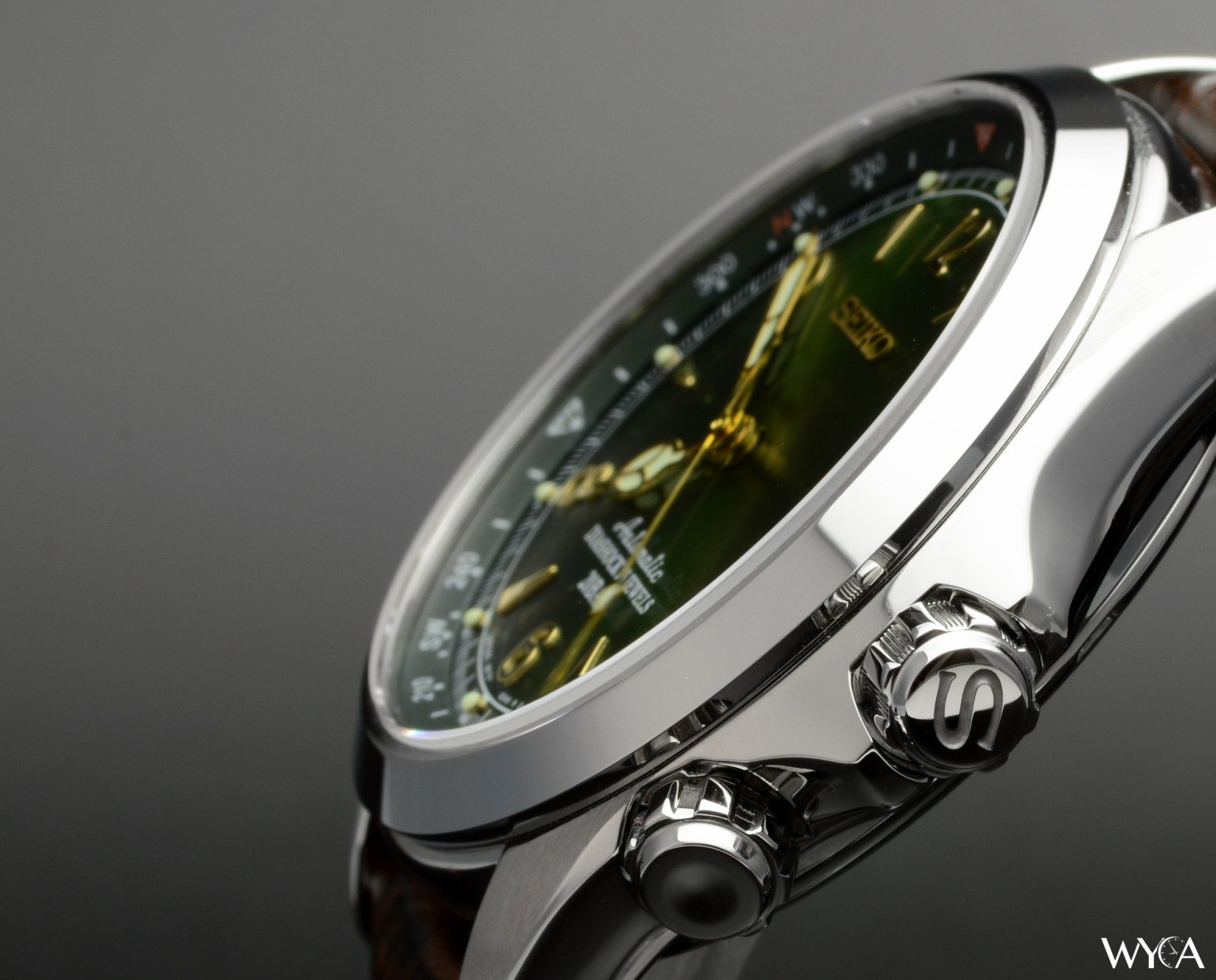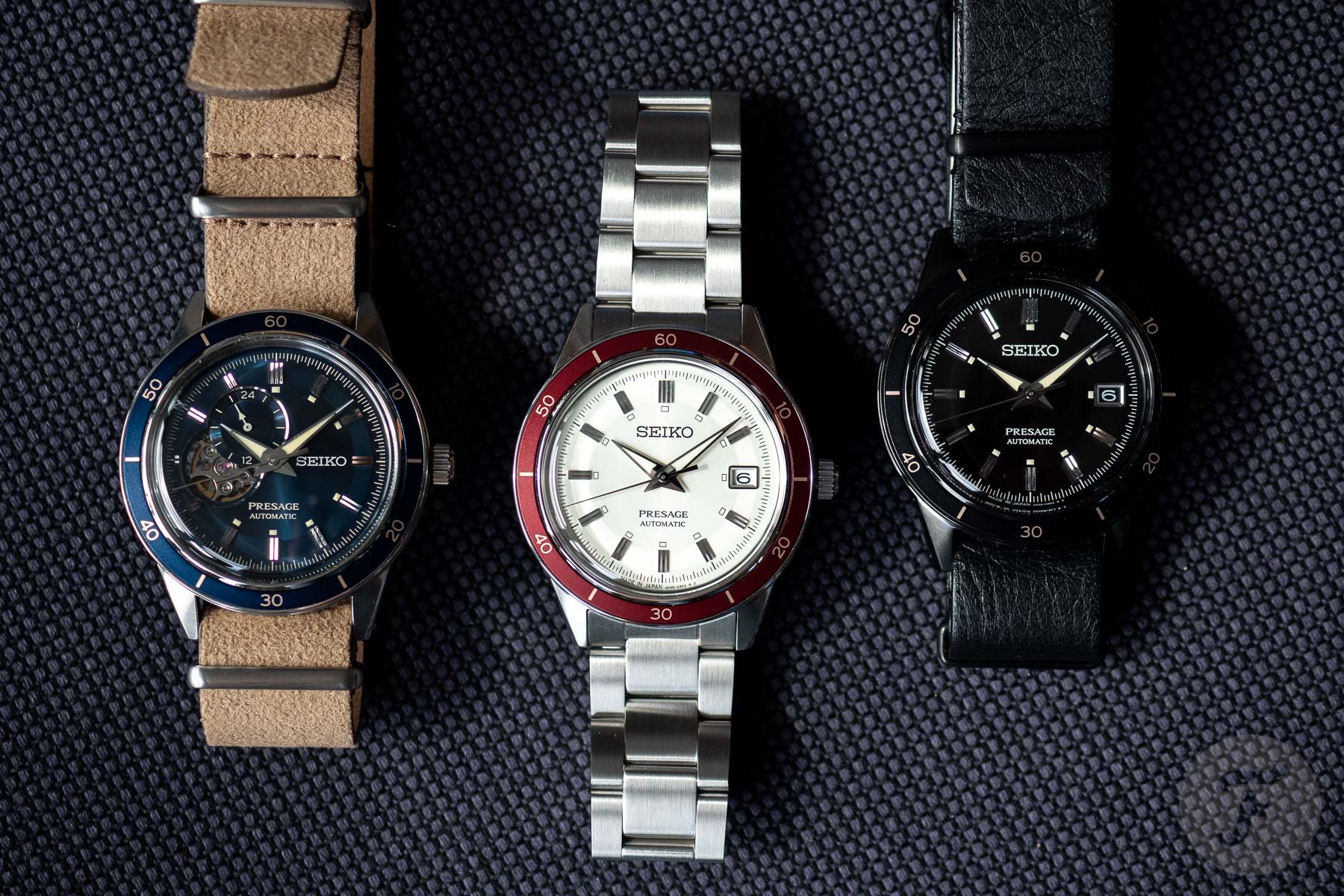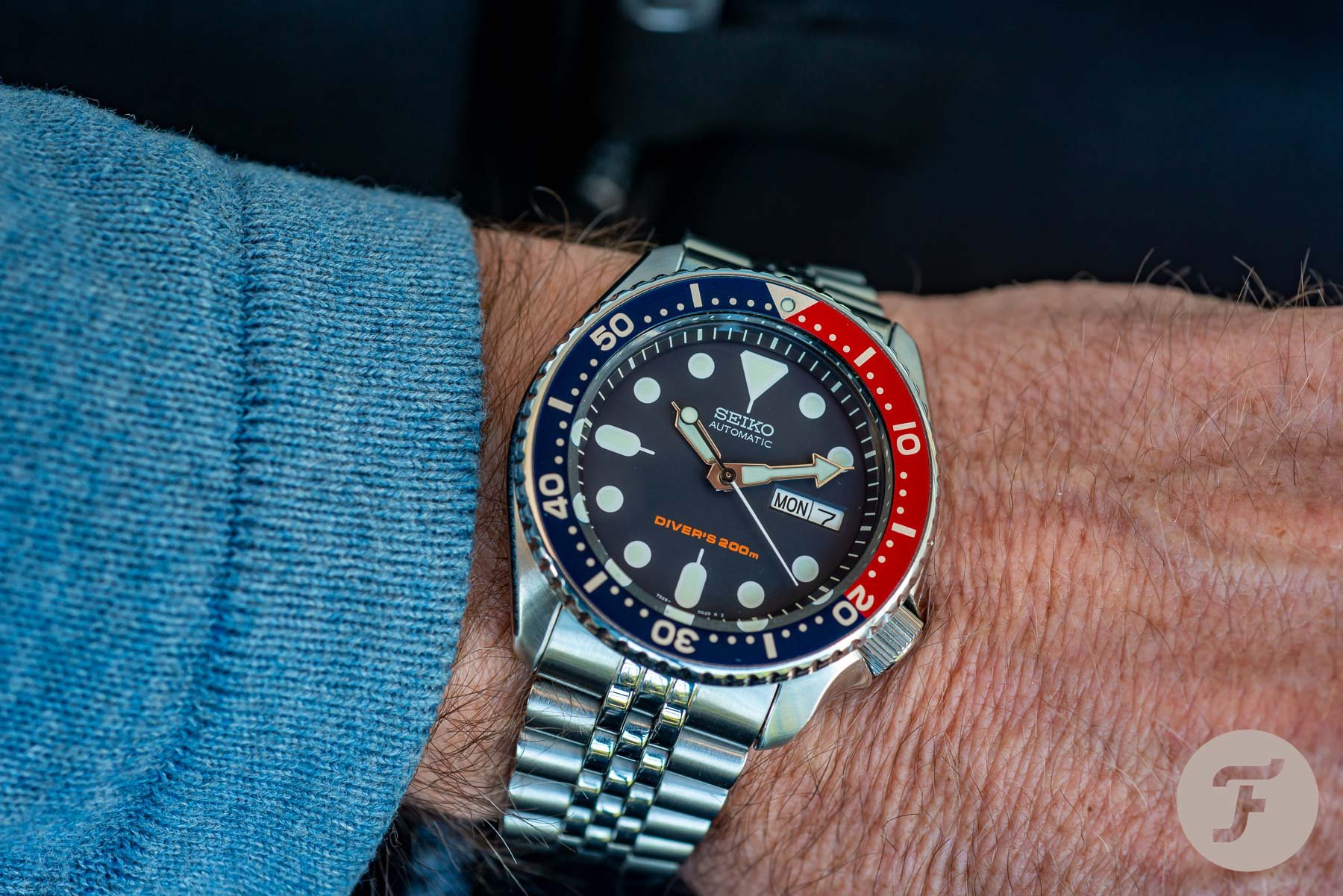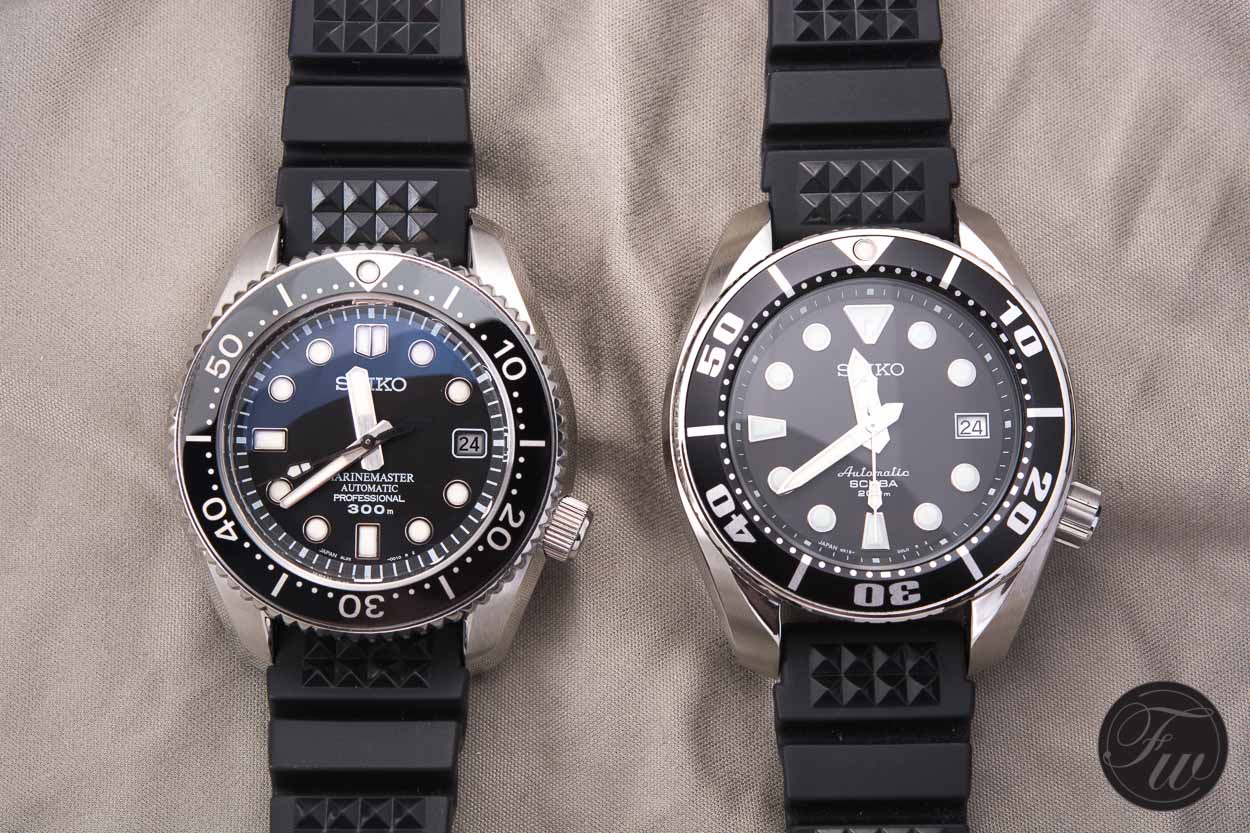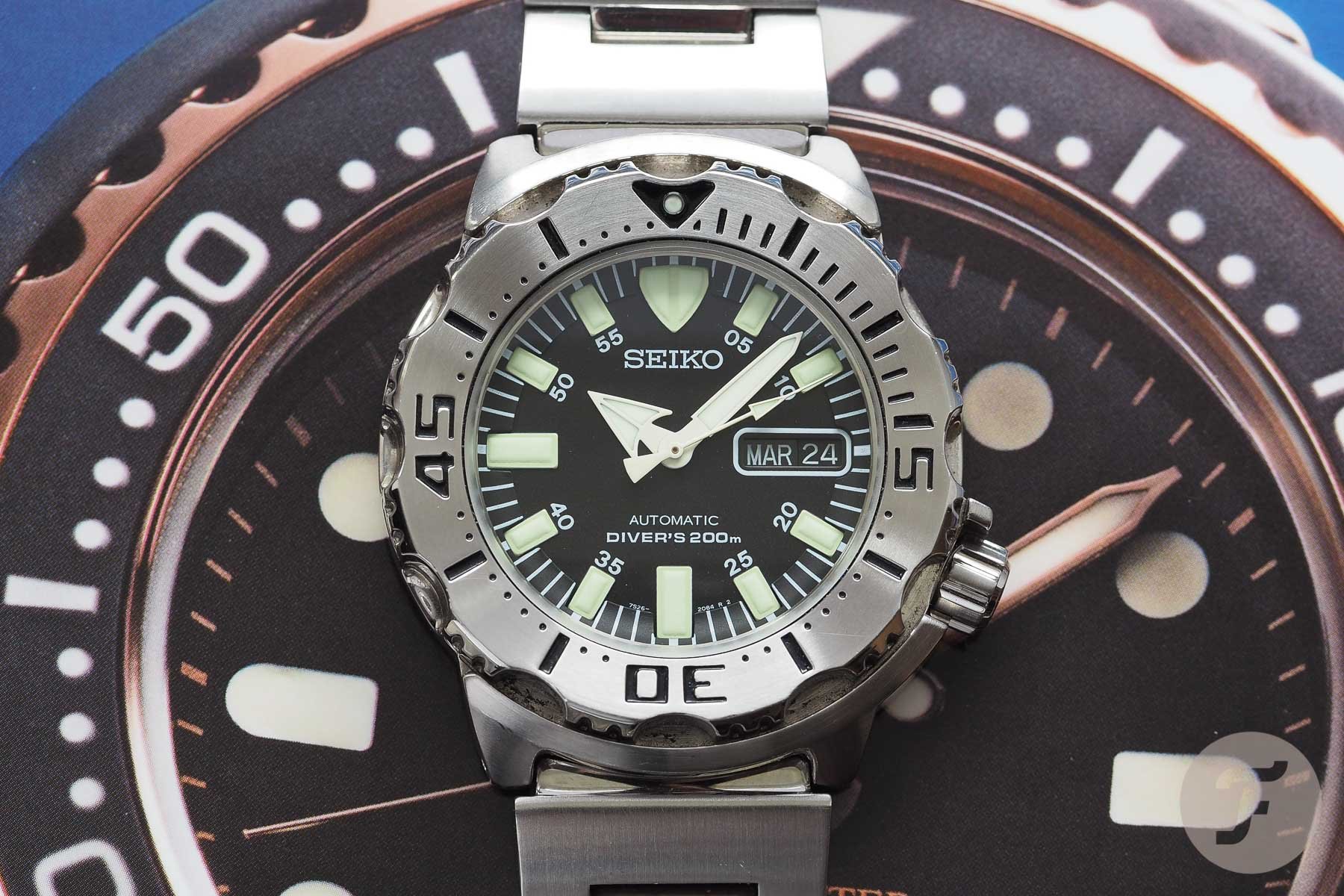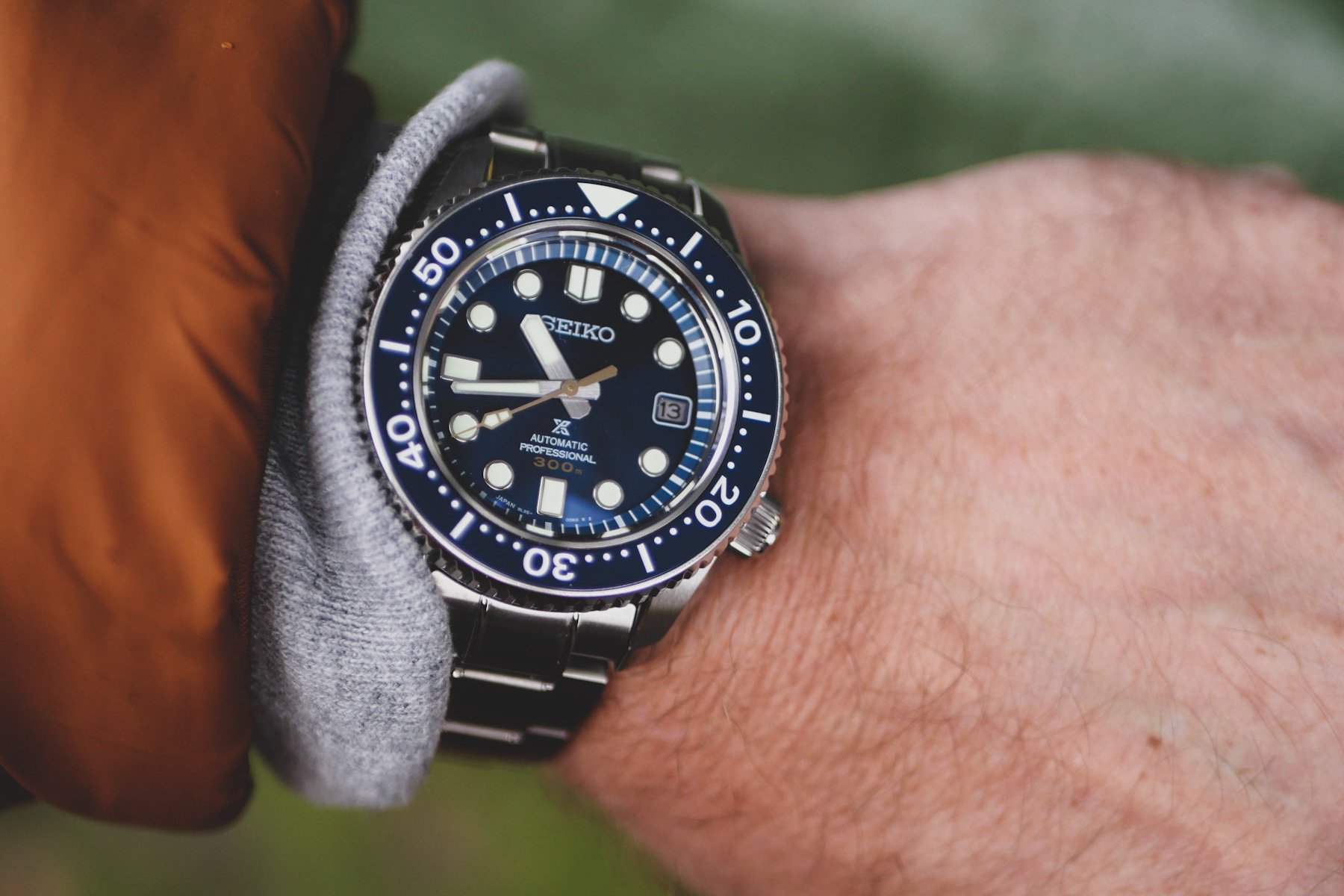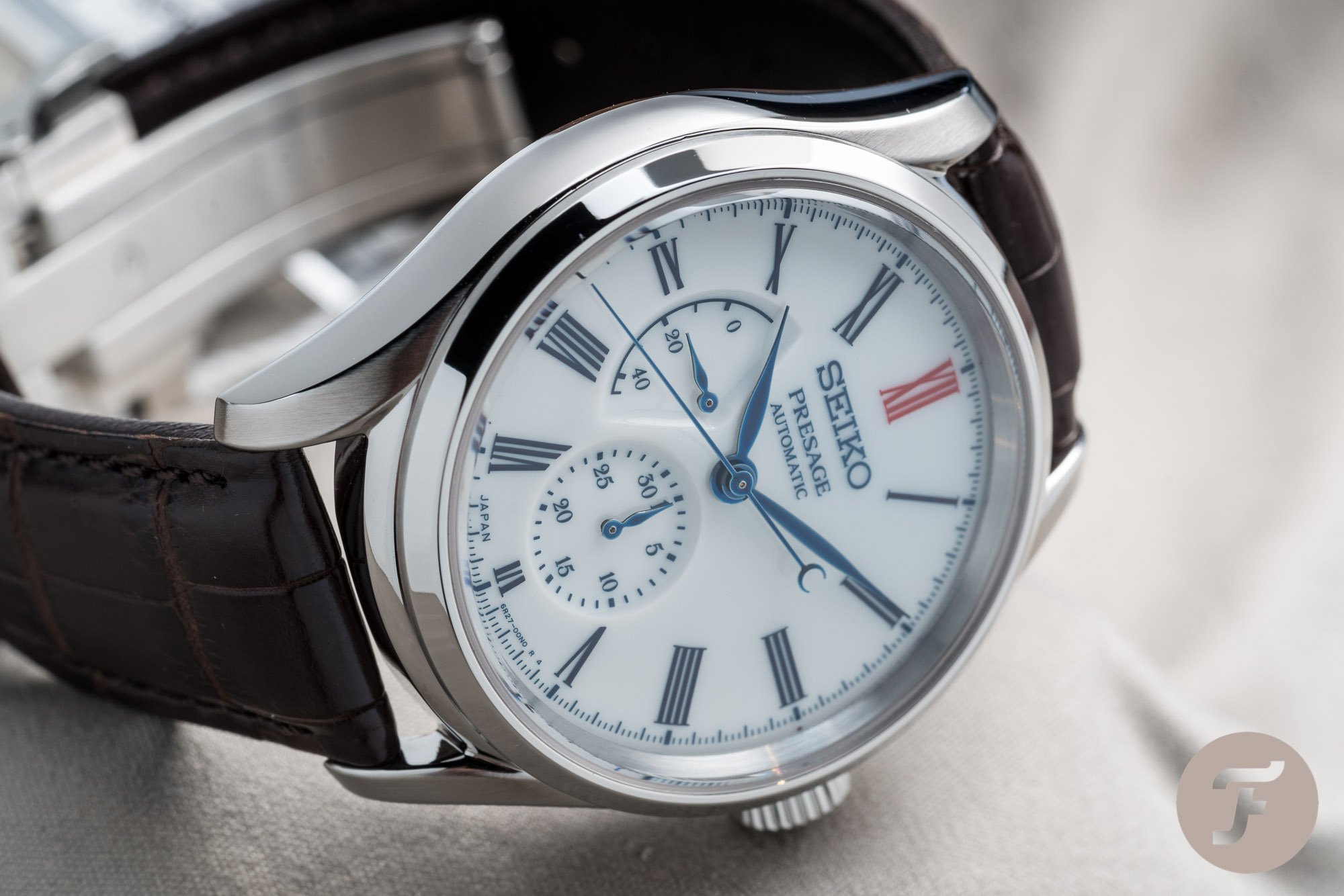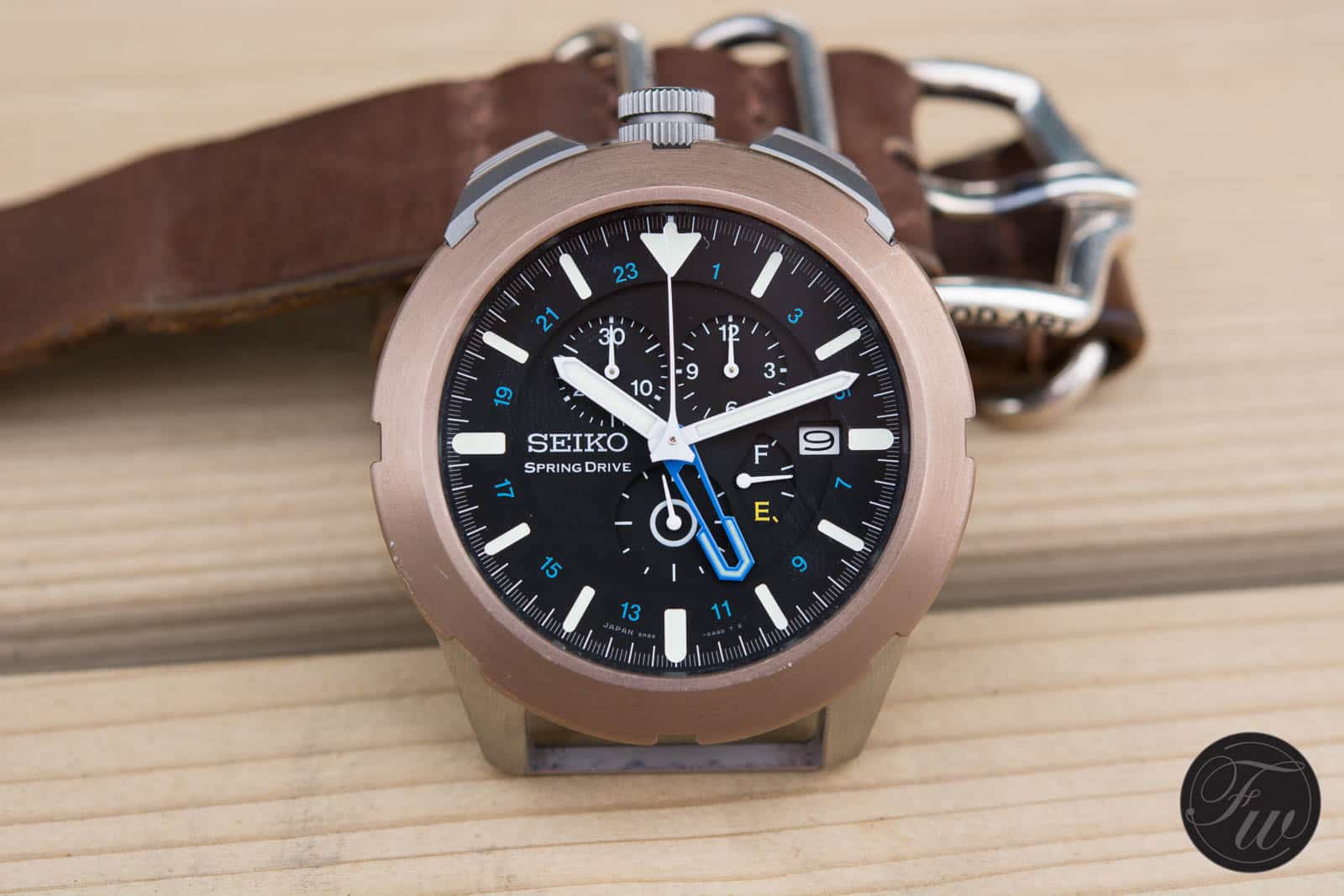What Makes Seiko So Collectible?
Seiko is an anomaly of sorts. A watch company with as much history and provenance as any of the old Swiss houses, Seiko nonetheless occupies a pseudo-non-watch place in many watch enthusiasts’ hearts. As some argue (myself included) that Rolexes are less watches than commodities, Seiko’s watches are often as much collector’s items as they are watches. There are many factors that contribute to Seiko watches being collectible, not least of which is Seiko’s general affordability. The large, ever-changing catalog is another culprit in the equation. But is there something more? A certain Seiko magic that draws collectors back again and again?
I remember the first mechanical watch that I ever bought myself. That’s easy — it’s on my wrist as I type this. A recently (at the time) discontinued SARB017 Seiko Alpinist was my first watch love, and it has turned out to be a lasting one. But, as is true for many Seiko owners, my first Seiko was not my last. I now have three, making up almost half of my seven-watch collection. They’re each capable watches that I acquired at affordable prices. They also happen to be a lot of fun.
The Seiko collector’s journey
Now, I realize that watch collecting is not a one-size-fits-all hobby. Watch collections range in size from one to quite a few. Indeed, I hardly consider myself a collector even though I have a small collection. There are others who take watch collecting to a whole other level. But, as I’ve noticed in myself and others, once a collector has caught the Seiko bug, it’s fairly difficult to shake.
Accessibility at every level
Over the years, Seiko has become exceedingly adept at providing the watch-enthusiast crowd with mechanical watches at affordable price points relative to the brand’s Swiss counterparts. For many financially unendowed enthusiasts such as myself, certain Seiko watches hit the sweet spot of specifications, style, and price. Seiko lets players in closer to the ground floor, granting access to those enticing little machines within the cases that make mechanical watches so alluring. It helps that many of Seiko’s mechanical watches come with exhibition case backs for even the simplest workhorse movements. To the connoisseur, perhaps gazing at a Seiko 4R35 caliber is a lot like drinking bargain-bin wine. But to those who have never had a sip, watching a 4R35 tick away can be enough to get one drunk.
Of course, satisfaction is fleeting for the watch enthusiast. It’s the blessing and the curse that we bear for our passion. Tastes change, and the market is constantly introducing new watches with which to tempt us. Our willingness or ability to spend our hard-earned money on watches changes as well. As an enthusiast progresses down the rabbit hole, perhaps that first Seiko ceases to be enough. New, perhaps more expensive watches enter the collection.
A broad and ever-changing range
Seiko has us covered there as well. As long as we’re content with non-Swiss watches, Seiko provides a range of options and levels of quality almost unparalleled by any other mechanical-watch company. Hardlex crystals and 4R35s get upgraded to sapphire and 6R35 calibers. Water resistance increases to a robust 200 meters or more. In the $700–1,400 range, Seiko leans hard into both real-world capability and class, incorporating both modern and historic designs from its back catalog. And, if nothing catches your eye at the moment, you need only to wait a few months. The brand is perpetually updating its lineup.
This is the slippery slope that Seiko sets enthusiasts upon. Whatever your collecting style — lots of relatively affordable “beater” watches or a mix of lower- and higher-tier pieces — Seiko is forever enticing its fan base with another siren song of a new diver or colorway. And for those wanting to “graduate” to upper-level luxury, Grand Seiko steps in and picks up the gauntlet with its own array of limited, colorful dials and retro case reinterpretations.
Nostalgia is a killer
This “one-stop shop” for watches pulls at our heartstrings as well. For many enthusiasts, their first mechanical watch was a Seiko, and one never forgets their first. Even after moving on to other brands and price brackets, there’s nothing quite like the fun, set-it-and-forget-it, can-do attitude that a Seiko provides. Maybe you’re missing your old SKX. Or maybe you’re feeling the itch of getting a new watch but haven’t quite saved up for that Swiss piece. Seiko makes it too easy to pick up another steed for the stable. Now you have yet another diver. But this one is orange.
Trading-card-game levels of collectability
Of course, all this overlooks the actual, real-value collectability of Seiko. Exactly because Seiko is so accessible, because the catalog is constantly changing, and because so much nostalgia surrounds how collectors feel about the brand, a Seiko can be as hot of a collectible as a Pokémon card. Unlike Pokémon cards, however, Seikos can be worn proudly on the wrist.
Seiko’s global reach throws an added element of obscurity into the mix as well. Special Thai limited editions are often brightly colored and tough to hunt down. Japanese Domestic Market watches proudly made in Japan can make many a collector glow with insider pride and appreciation as well. And then there are the endless limited editions made in collaboration with creatives and organizations the world over. It’s enough to leave one scratching their head, wondering where to start.
It usually takes a model or line being discontinued or “updated” by Seiko for people to miss what they once had access to but never appreciated. Cue mass nostalgia.
It’s hard to know which is going to be the next SKX007 or SARB033, with both “new old stock” and used pieces quickly climbing in price as the hype storm hits the shore. It usually takes a model or line being discontinued or “updated” by Seiko for people to miss what they once had access to but never appreciated. Cue mass nostalgia. A date magnifier on a sapphire crystal works wonders in raising the demand for an extinct model. So too do new branding badges and misplaced bits of lume. Oh, Marinemaster, we never knew how good we had it!
Some collectors, of course, take the “all of them” approach to collecting. I’m reminded of the interview that Hodinkee’s Cole Penington had with Khun M. in Thailand regarding his extensive collection of Seikos, notably Seiko “Monsters”. He, too, points to nostalgia as the reason for collecting Seiko. His collection is now worth quite a bit. His rare limited-edition “Yellow Monster” (SKZ203) is now worth over $5,000, more than 10 times Seiko’s original price of about $300. We’re talking Seiko’s version of a first-edition holographic Charizard. Collecting rarely pays after factoring in the time, energy, and money that goes into it. In this case, though, it does. But Khun isn’t in it for money.
Strange, like any collector’s collection
And this goes for most pop-culture collectibles. The potential payout of hot-dollar items is (usually) a secondary consideration. Everyone has their “white whale” that’s eluding them but that would be the crowning piece of the collection. Few actually capture it. With Seikos and many other collecting hobbies, it’s the journey of working towards and completing the collection that the collector obsesses most over. There’s no point in selling a piece if it means stepping away from the goal.
Of course, there are collectors who are willing to pay great sums of money to complete their collections. The $5,000 price tag on the Yellow Monster is indicative of that. Just as how LEGO sets today are almost as much for the adults who grew up with them as they are for kids, for some, Seiko collections hark back to watches they wish they could’ve had then and can get now. Because now you’re an adult (or more of one), and adults have money.
And for some, it isn’t even about building a complete set. The relative affordability of Seiko makes acquiring a couple of watches easier than some other brands, even if the market price has increased with demand. New-old-stock SKX007J1s are selling at just under $1,000 right now, considerably more than they used to cost when they were still in production. Paying that sort of money for an SKX may seem insane to some, but to others, it’s still a mechanical watch for under $1,000 and a chance to own a hot piece of Seiko’s horological history. At this point, an SKX007 in mint condition and kept that way might be worth even more in the future, but who knows? Collecting is a strange thing.
Joy (and some hiccups)
The gift of watch collecting in general is that it is a collecting hobby that can be appreciated all day, every day. That is, only if you’re willing to wear the watches. But I think that for most, watch collecting, and even higher-stake Seiko collecting is met with a sense of enjoyment and flexibility. Sneakerheads wear sneakers, and putting a collectible on the dirty ground is generally a lot riskier than strapping one to the wrist. Why not enjoy (and flaunt) your collection?
I wear mine, humble as it is. SARB017 Seiko Alpinists are trading from $600–1,200 used. Of course, mine’s fairly dinged up as I never intended on treating it as a collectible. But knowing that I could at least break even if I sold in its current state is a good feeling. Will I ever sell it? No. It brings me too much joy. There’s the irrationality of collectibles for you.
Seiko in flux
But all I’ve addressed so far are pre-Prospex-branded Seikos. Seiko has changed a lot in the past few years. Price hikes, model discontinuations (and then reintroductions with minor changes and significant price increases), and divisive design choices have left the Seiko fan base in turmoil, to say the least. Some have sworn off Seiko, taken their toys (watches), and gone home. Others are less fanatical. All the while, Seiko keeps selling watches and has introduced some unique new watches as well. But it takes fans to build an ecosystem in which collecting can thrive.
Where are the tried-and-true standards with iconic, unique designs and great affordability? Where is this decade’s SKX?
I don’t know where all this is going. I keep looking to and waiting for Seiko to drop the next big thing. The new Alpinist line is nice with its own fair share of limited editions. I like the new Seiko “Sumo” watches and vintage-diver reinterpretations too. And I would buy the Arita porcelain-dialed Presage (SPB093) in a heartbeat if I didn’t already have a favorite Seiko that cost a fraction of the Arita’s price. All this is to say: Seiko is doing well, but I’m not seeing another SKX, SARB, or whatever beloved Seiko from yesteryear in anything from the brand’s current catalog. Where are the tried-and-true standards with iconic, unique designs and great affordability? Where is this decade’s SKX? Certainly not the Seiko 5 Sports line — there are too many of them.
Maybe I’m more of the “take my toys and go home” old guard than I thought. I guess it’s just hard to be as enamored with Seiko today as I was when nearly identical watches (like my SARB that I keep bringing up) cost half as much. But I don’t deny that I could be missing something entirely. As I said, Seiko keeps selling watches — a lot of them — and some of those watches are gorgeous. Maybe all it takes is for Seiko to discontinue a watch that we never knew we loved for it to become collectible. Maybe I should go on and buy that Arita Presage, now that I think of it.
Collector’s corner
But let’s hear from the collectors themselves. What makes (or doesn’t make) Seiko such a collectible brand? What is the crown jewel of your Seiko collection? Which models are your white whales, ever eluding your grasp? And is Seiko today as much a joy-kill as I think it is, or am I just prematurely becoming a grumpy old man? Let us know in the comments. More information about Seiko can be found on the brand’s official website, of course, but also on many a watch blog, forum, and meetup, where collectors (like this one) never tire of discussing Seiko.
You can find more of me on Instagram @WatchingThomas

